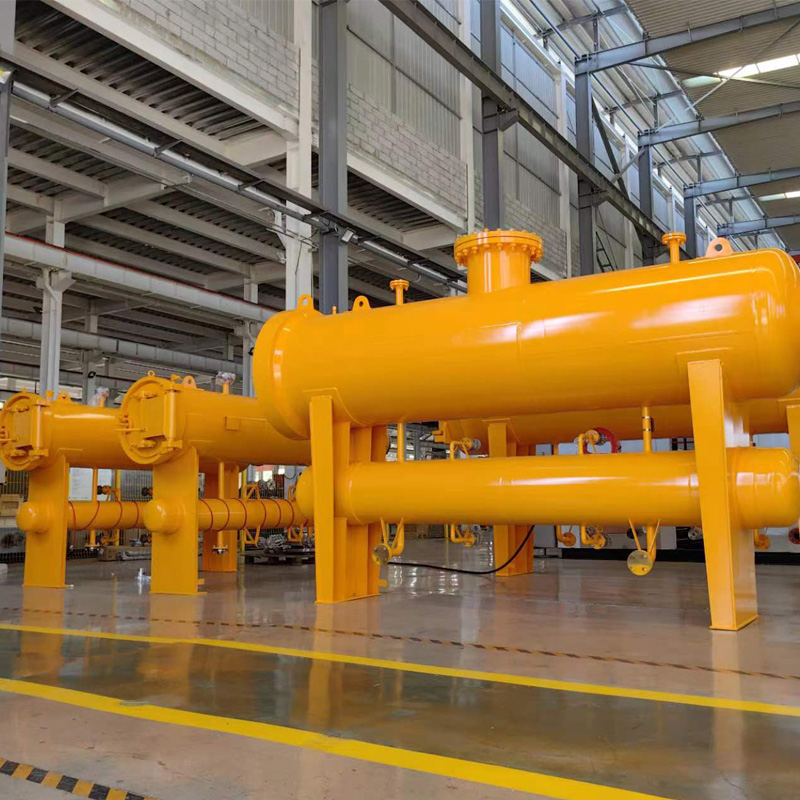
Dec . 24, 2024 18:54
Back to list
Electric Control Valve for Precise Flow Regulation in Industrial Applications
Understanding Electric Regulating Valves Functionality, Applications, and Benefits
Electric regulating valves are vital components in various industries, playing a crucial role in managing the flow of fluids and gases in numerous applications. These sophisticated devices combine mechanical engineering with electrical control to ensure that processes run efficiently and effectively. This article delves into the functionality, applications, and benefits of electric regulating valves.
Functionality
Electric regulating valves are designed to control the flow, pressure, temperature, and level of liquids and gases in a system. Operated by an electric actuator, these valves can respond to signals from control systems, enabling automatic adjustments to fluid flow in real-time.
At the heart of an electric regulating valve is the actuator, which converts electrical energy into mechanical energy to open or close the valve. This process often involves the use of precision sensors and control algorithms that ensure the valve reacts accurately to changes in operating conditions. The integration of feedback loops allows for self-regulation, enabling the systems to maintain desired setpoints without constant human intervention.
Key Components
Electric regulating valves generally consist of several key components
1. Valve Body The main structure of the valve, where the fluid or gas flows through. It can be designed in various forms (globe, ball, butterfly, etc.), depending on the application requirements.
2. Actuator The electric motor or solenoid that operates the valve. It receives signals from the control system and adjusts the valve position accordingly.
3. Positioner This component ensures that the valve achieves the desired position as per the control signal. It fine-tunes the actuator's performance, enhancing accuracy and responsiveness.
4. Feedback Sensors These devices monitor the actual position of the valve and send information back to the control system to ensure that adjustments are correct and efficient.
5. Control System The central unit that processes the information from the feedback sensors and sends commands to the actuator. This can be based on pre-set algorithms or real-time adjustments based on external conditions.
Applications
Electric regulating valves are used across a wide range of industries, including
electric regulating valve

1. Oil and Gas In the extraction and transport of hydrocarbons, these valves help control the flow rates, maintain pressure levels, and optimize production processes.
2. Water Treatment In municipal and industrial water systems, electric regulating valves assist in managing the flow of water and chemicals, ensuring proper treatment and distribution.
3. HVAC Systems In heating, ventilation, and air conditioning systems, these valves regulate the flow of air or refrigerants, maintaining comfortable indoor environments.
4. Food and Beverage In food processing, maintaining precise control over the flow of liquids ensures quality and safety standards are met during production.
5. Pharmaceuticals The accurate regulation of fluids is crucial in pharmaceutical manufacturing, where any deviation can impact product efficacy and safety.
Benefits
The use of electric regulating valves offers several advantages
1. Precision Control They provide high accuracy in flow control, which is essential for processes that require stringent adherence to specifications.
2. Energy Efficiency With the ability to control flow dynamically, electric regulating valves can help optimize energy consumption, reducing overall operating costs.
3. Automation These valves can operate as part of a fully automated system, minimizing the need for manual intervention and thus reducing labor costs and the potential for human error.
4. Rapid Response Electric actuators enable quick adjustments to changing conditions, enhancing system responsiveness and efficiency.
5. Integration Capabilities Electric regulating valves can easily integrate with existing control systems, allowing for updates and scalability without major system overhauls.
Conclusion
Electric regulating valves are indispensable tools across various sectors, offering precision, efficiency, and reliability in fluid and gas management. As technology advances, these devices continue to evolve, providing even more robust solutions to the challenges faced in modern industrial processes. With their wide-ranging applications and numerous benefits, electric regulating valves will undoubtedly remain a cornerstone of effective process automation and control.
Latest news
-
Safety Valve Spring-Loaded Design Overpressure ProtectionNewsJul.25,2025
-
Precision Voltage Regulator AC5 Accuracy Grade PerformanceNewsJul.25,2025
-
Natural Gas Pressure Regulating Skid Industrial Pipeline ApplicationsNewsJul.25,2025
-
Natural Gas Filter Stainless Steel Mesh Element DesignNewsJul.25,2025
-
Gas Pressure Regulator Valve Direct-Acting Spring-Loaded DesignNewsJul.25,2025
-
Decompression Equipment Multi-Stage Heat Exchange System DesignNewsJul.25,2025

